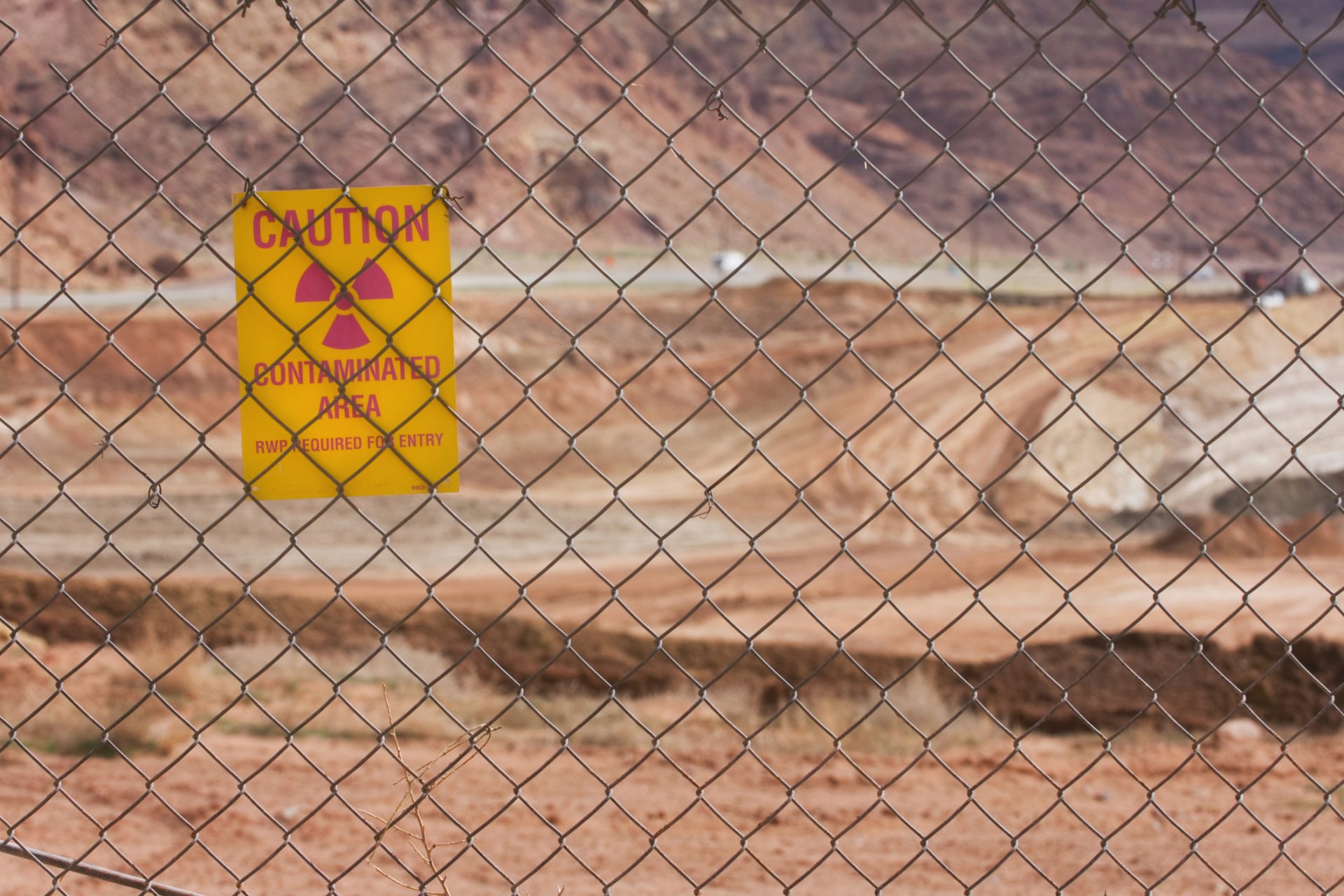Space Race: 7 countries that are planning missions to the Moon
More than 50 years ago, in July 1969, Neil Armstrong became the first man to walk on the moon. The Apollo 11 mission, launched by the United States, was a major milestone for human exploration in space.
Photo: NASA
At the time, the context was the Cold War and the space race was disputed between the former Soviet Union and the USA. Now, in 2023, the scenario is different.
The coming years promise to be a new watershed in the history of the conquest of space, and these seven countries are already planning missions to the moon:
Photo: NASA/Frank Michaux
NASA's project is quite ambitious. Divided into several phases, Artemis has the ultimate goal of not only returning to the Moon, but also establishing a permanent and sustainable base there, both on the surface and in its orbit.
Photo: NASA/Laura Sasaninejad
The first launch was made on November 16, 2022, the so-called Artemis I Mission. In it, the unmanned Orion spacecraft was propelled from Earth by the SLS rocket to reach the orbit of the Moon and spend six days there.
Photo: NASA/Joel Kowsky
The ESA (European Space Agency) plays a very relevant role in the Artemis program, as it was responsible for building the Orion capsule, the interplanetary spacecraft that will fly over the Moon.
Photo: ESA
The Artemis II mission, scheduled for 2024, depends on the success of Artemis I. In the second mission, the spacecraft will have four astronauts and will fly over, in the same route as Orion.
A third mission is scheduled for 2025, when humans are expected to set foot on the lunar surface again.
Jaxa, the Japanese space agency, launched a module into space in November 2022, but shortly after launch, there were communication problems and its exact location is still unknown.
The objective of the Japanese is to recognize lunar craters, using facial recognition technologies. The landing, if successful, will be done with a precision never achieved before. The name of the mission is Slim (acronym for “Intelligent Landing Module to Investigate the Moon”).
The other robot that the Japanese company will deploy is from the United Arab Emirates, and it’s called Rashid. It is a four-wheel vehicle in charge of testing the soil of the Moon.
Despite having announced that it will leave the International Space Station (ISS) in the year 2024, Russia will certainly keep its space projects at full speed.
Russia’s latest project, the Luna-25 mission, plans to investigate the south pole of the moon in July 2023, as confirmed by Roscosmos director, Yuri Borisov (pictured).
One of the main objectives, both for Russia and other countries, is to analyze the lunar soil, especially in the spots that have indications of frozen water.
In 2025, Russia plans to launch a manned mission on the Orel spacecraft. Furthermore, they plan to assemble the modules of their own space station, Ross (Russian Orbital Service Station).
Currently, China is the US's biggest opponent in the new space race. According to the Chinese Aerospace Science and Technology Corporation (CCTA), the Asian giant intends to send a manned rocket to the Moon by 2030.
In June 2022, the agency announced that the first tests of a new engine for the new generation of manned rockets were successfully completed. The next step is to start production of the first prototype samples.
China was the first to land a device on the far side of the Moon, in 2019. In addition, it has been demonstrating solidity with regard to space technology. In 2021, the country sent a small robot to Mars.
Photo: GooKingSword/Pixabay
With its own space station, China invests billions of dollars in the development of new space technologies, according to the newspaper O Globo.
South Korea, on the other hand, launched its first lunar mission on August 4, 2022. The robotic probe, popularly nicknamed Danuri (“enjoy the moon”, in Korean) was sent into space by a SpaceX spacecraft, owned by Elon Musk.
The Ministry of Science of South Korea said that the spacecraft is expected to enter the orbit of the moon in December, before starting a year-long observation mission.
The objective of South Korea’s mission is to look for possible landing sites for future missions, conduct scientific research of the lunar environment, and test internet technology in space.
The rover named Rashid, previously mentioned, is ready for its big trip. It’s the United Arab Emirates' bet on lunar exploration, in partnership with the Japanese company ispace Inc., and will be carried by a rocket designed by SpaceX.
Rashid will study mobility on the lunar surface. The vehicle will feature high-resolution cameras, as well as a probe and other devices. Rashid was developed with technology that supports low temperatures, that can reach -173°C.
If the mission is successful, the country will become the first in the Middle East to land a vehicle on the lunar surface and the fourth overall, after the US, Russia and China.
In 2019, India attempted a lunar landing, but the Chandrayaan-2 mission failed after losing communication shortly before its descent. The Indian Space Research Organization (ISRO) plans an upcoming mission, called 'Chandrayaan-3'.
According to India Today, S. Somnath, president of the Indian space agency, said Chandrayaan-3 will lift off in June of 2023, with a more robust lunar rover on board, which is “crucial for future interplanetary explorations."
More for you
Top Stories








































